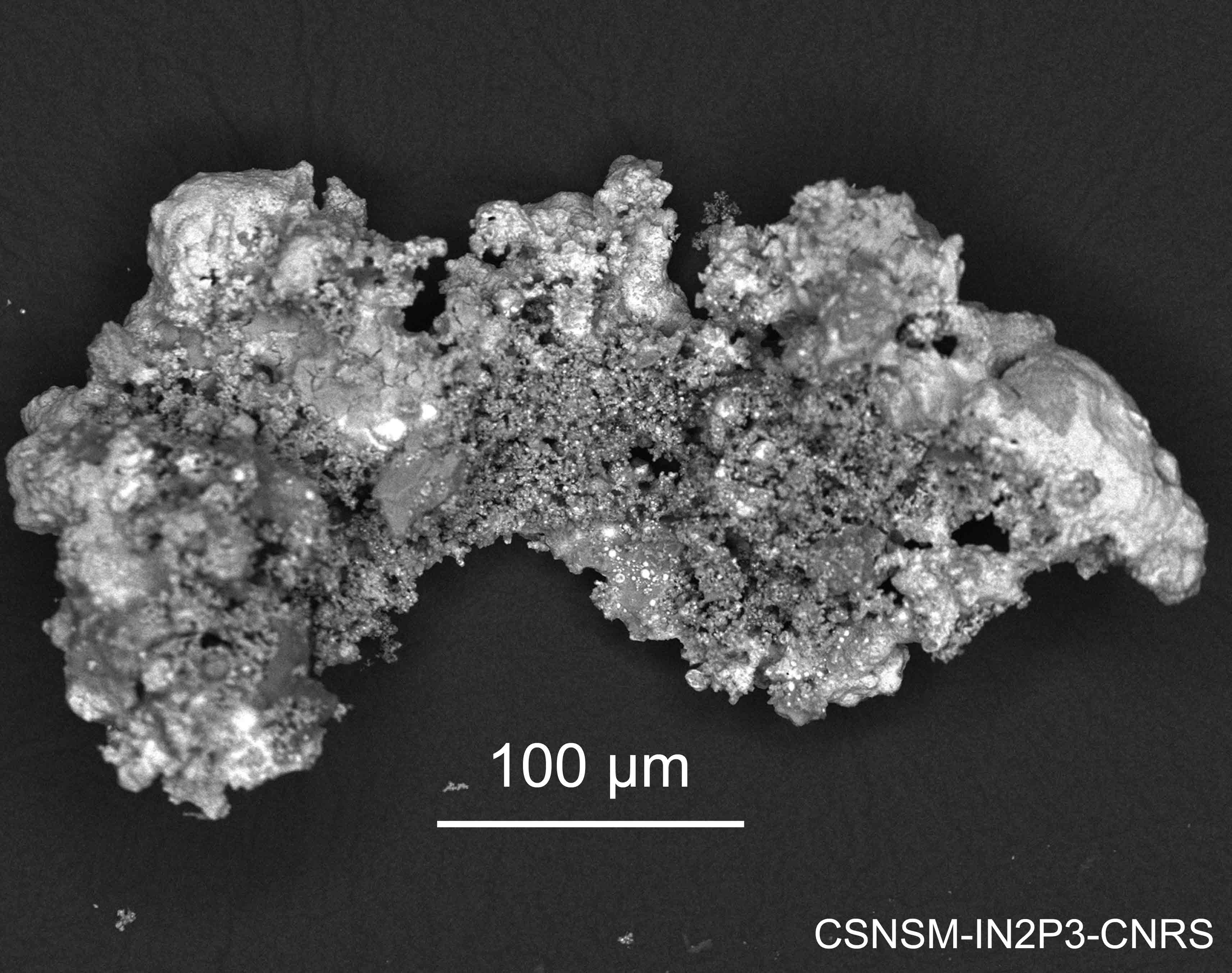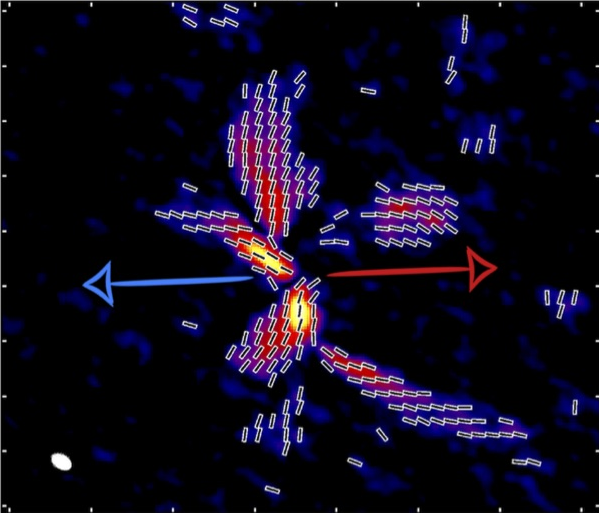Core to Disk II
The
fate of interstellar dust
from prestellar cores to solar nebulae
The dust grains solid phase represents about 1% of the interstellar matter mass of the Galaxy. However, in spite of this modest abundance, this component plays an important role in many respects. First, dust particles strongly influence chemical reactions. For example, the dihydrogen molecule, H2, forms at the surface of dust grains. Without dust, the hydrogen would remain mainly atomic and all the complex chemistry which takes place in the interstellar medium would be radically different. Second, grains largely contribute to both cooling and heating processes of the interstellar gas, in particular in the densest phases that will be addressed in this workshop. Third, in the inner parts of the collapsing cores and the planet-forming disks, dust grains control the ionisation fraction and thus ensure the coupling between the gas and the magnetic field. Given the drastic role of the Lorentz force on the disk formation and evolution, physics at themicroscopic grain scale has major consequences at the global scale of the disc itself. Fourth, dusty grains constitute the primordial building blocks of rocky planetesimal that will eventually end in terrestrial planets, giant planet cores, satellites, meteorites and comets. They are the essential element structuring the planetary and small bodies formation. Fifth, the grain icy mantles are a key reservoir of volatile material that will be eventually processed in more complex molecules and incorporated after gas dissipation in the disc and will eventually be delivered onto the planetary bodies. Last but not least, the emission of grains, essentially in the radio and infrared domain, is an essential tracer of the dense gas, revealing how stars and planets form. Moreover, as they tend to align with the magnetic field, grains are also responsible of generating polarized radiation (both in absorption and emission), which can be used to trace the structure of the magnetic field within the inner part of the collapsing cores. Inside the disk, grain alignment with magnetic field is not the only polarizing mechanism as scattering processes also contribute. Determining to what extent the two contributions can be separated is a subject of active research. Therefore, it is necessary to improve our understanding on dust particles properties, which today is still hampered by large uncertainties.
Recent facilities such as the space observatory Herschel, the interferometer ALMA, the SPHERE instrument on the VLT, and the forthcoming SPIROU camera and James Webb Space Telescope have already or ought to revolutionize the field of star and planet formation. These new observational tools, as well as the development of comprehensive models and numerical simulations including more and more physical ingredients, finally open the door to meaningful combination of tools and results from the different communities. Our meeting aims at transcending the historical divisions between fields, linking together observers, theoreticians and experimentaliststo use these new tools at the best of their constraining power.
The present program aims at triggering progress on the fate of interstellar dust during the star and planet formation processes, by bringing together worldwide experts performing observational and theoretical work, covering both the dynamical and micro-physical processes. In particular it aims at strengthening the links between the various specialized scientific communities. In this context, numerous questions remain to be addressed.
A scientific program at
Institut Pascal in Orsay, France
The Institut Pascal programs bring scientists in a single location for a signficant amount of time. Unlike typical conferences, the daily schedule is composed of informal talks in the morning and open time for discussion and collaborative work in the rest of the day.
In this second edition of "Core to disk'' , postponed to 2021 because of the Covid pandemic in 2020, the program aims at bringing together pioneering researchers to pose, explore, and answer paramount questions about the evolution of dust from prestellar cores to solar nebulae. The participants are expected to attend the program in-person if possible, to foster collaborative work bridging observations, data exploration, and synergy with numerical models, laboratory work, and theory.
The program will highlight the four following topics, two per week.


Grains size distributions, growth and planetesimal formation

Grains alignment processes and polarisation. Grain irradiation

Grains and pebbles migration and mixing
Application
Invited participants have been contacted. If you're interested in attending, you can send an email to core2disk at gmail.com for information